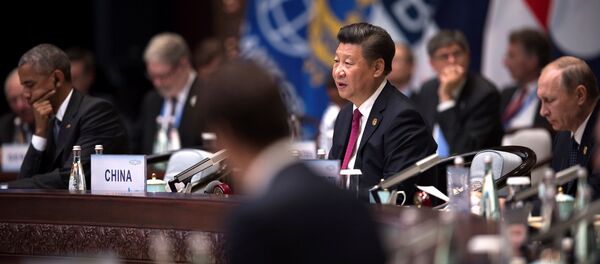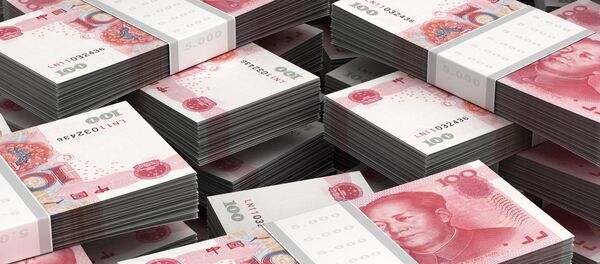The analysts stress that for the last 15 years, China has been "a key engine of global growth" and predict that sustainable economic growth — both in China and globally — "will depend on urban Chinese consumers."
"By 2030, people living in cities will drive 91% of global growth in consumption, and China is emphasizing both urbanization and a consumer-led growth model," Chang and Remes write in their article for Project-Syndicate.org.
Citing McKinsey Global Institute's research, the analysts envision continuous growth in the number and income of urban consumers, forecasting that 700 Chinese cities will generate $7 trillion (30 percent) of global urban consumption growth between now and 2030.
The study envisages that the number of China's working-age consumers (15-59-years) which currently number 521 million, will grow by 20 percent, reaching 628 million people by 2030.
"They are expected to contribute around $4 trillion, or 18 percent, of urban consumption growth to 2030… Their average per capita consumption is expected to more than double from $4,800 per person annually to $10,700. By 2030, this group will spend 12 cents of every $1 of worldwide urban consumption," the study reads.
"In addition to driving further innovation, Chinese consumers — even those with relatively low incomes — are also investing heavily in the next generation, with 12.5% of overall consumption growth expected to go to education between 2015 and 2030," Chang and Remes underscore, highlighting that by investing in the skills of the next generation, Chinese consumers are laying the foundations of sustainable growth and innovation in the future.
According to the analysts, these developments are likely to push China to shift its economic model from production to consumption.
Remarkably, a recent International Monetary Fund (IMF) report indicates China's changing trade patterns.
"China has become the world's largest trading nation and the center of the global supply chain. A negligible player in global trade just a few decades ago, China now accounts for more than 12 percent of world exports and 10 percent of world imports, more than any other single country," the report reads.
At the same time, with its wages soaring, China has started to exit lower-end and more labor intensive sectors.
"These changes are taking place in the broader context of China's rebalancing-away from exports and toward domestic demand, and within the latter, away from investment and toward consumption-and as a consequence, demand for some commodity imports is slowing, while consumption imports are slowly rising," the report stresses.
For his part, Longmei Zhang, an economist in the IMF's Asia and Pacific Department, calls attention to the fact that the government of China has signaled its commitment to transform the economy into a "greener, more inclusive, more consumer and service based, and less credit-driven economy."
Meanwhile, despite ongoing speculations in Western media regarding China's economic growth slowdown, facts on the ground prove otherwise. Regardless of temporary difficulties, the country is demonstrating steady development.
For instance, the National Bureau of Statistics of China reported Tuesday that the country's industrial production rose by 6.3 percent year-on-year in August 2016. Simultaneously, retail sales of consumer goods increased by 10.6 percent year-to-year.
China is playing a key role in global growth, while seeking new ways to breathe life into the world economy.
"The role of China as the main locomotive of global growth in the wake of the financial crisis is evident whichever of the two measures is used," John Ross of Renmin University of China insists, citing the fact that since 2007, China's contribution to global growth has exceeded the combined contribution of the G7 powers.




